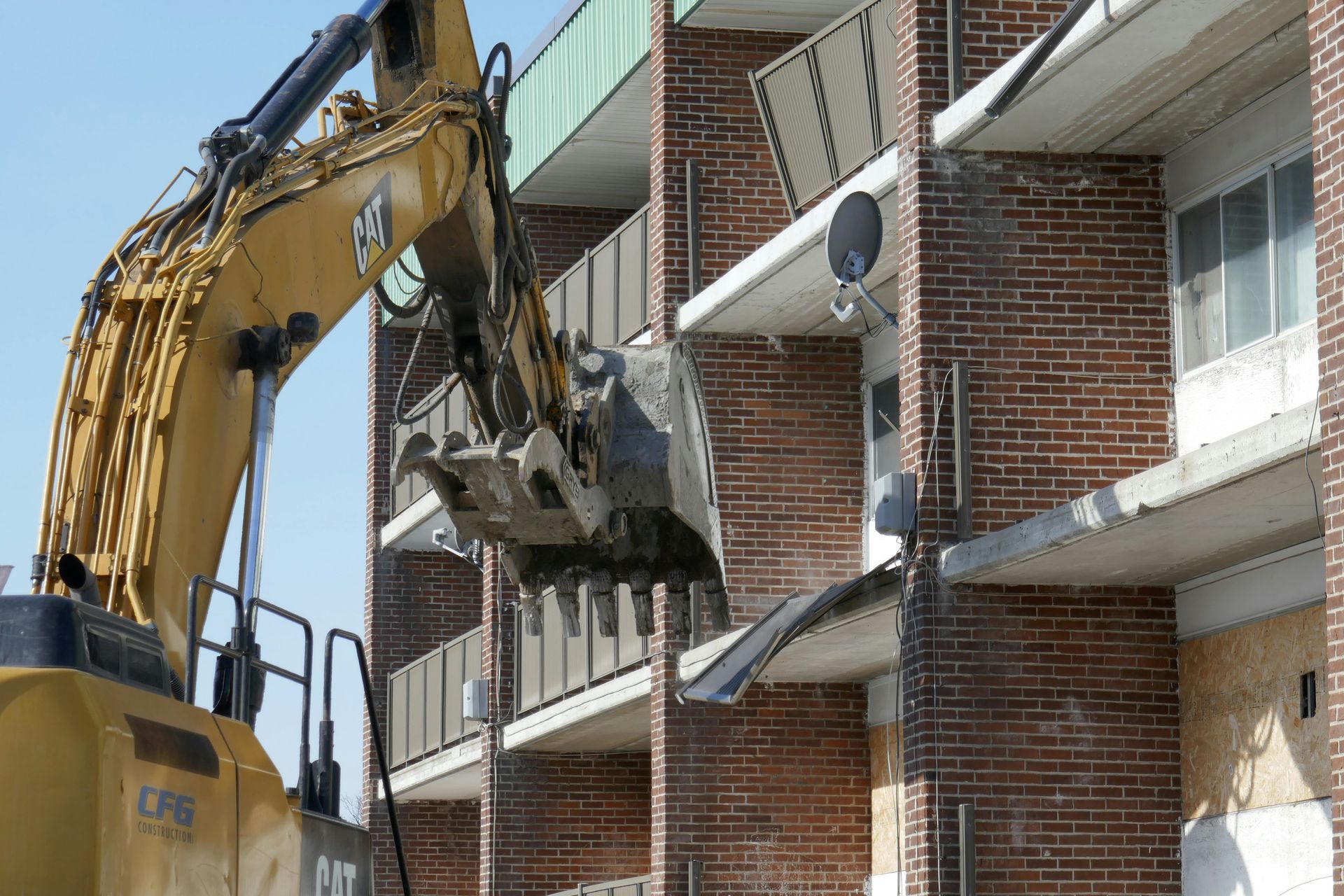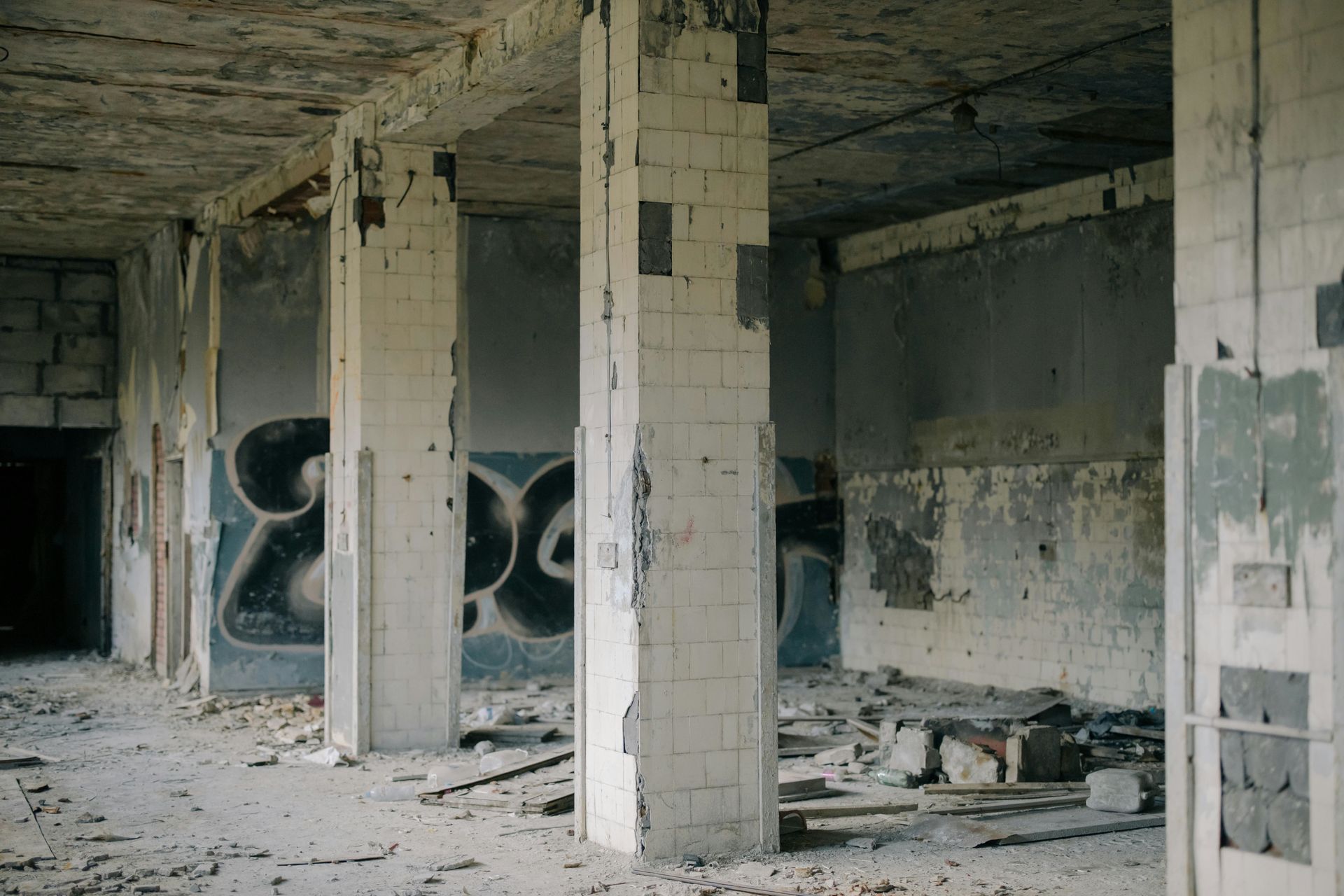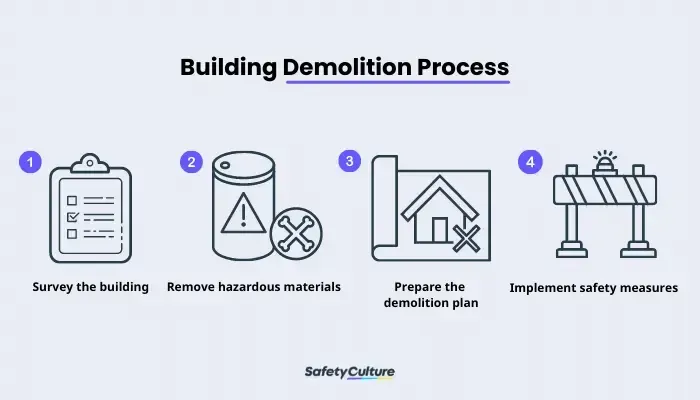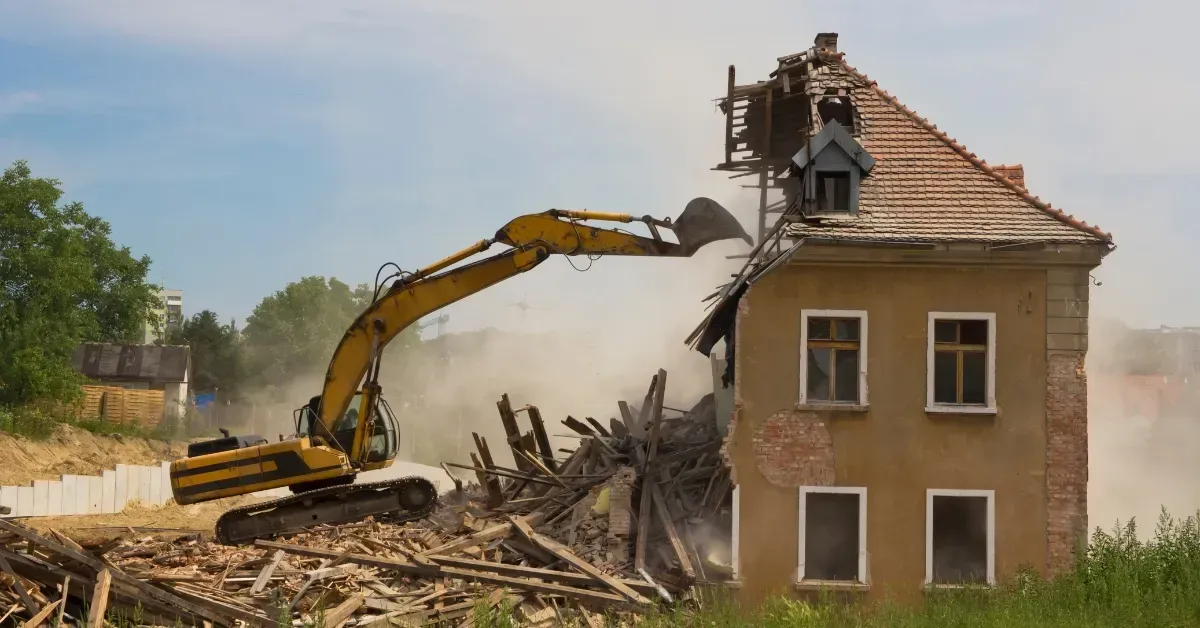Selective Demolition: Artful Techniques for Preserving Adjacent Structures While Demolishing Concrete
In the bustling hive of construction, selective demolition has emerged as a critical practice. It ensures precise deconstruction with minimal impact on the surrounding environment and structures. Incorporating selective demolition in your project makes the overall construction efficient. The emphasis on preserving adjacent structures while dismantling concrete, particularly in urban landscapes, demands a marriage of careful planning and advanced techniques. Hence, in this blog post, we will dive into the intricacies and methodologies behind selective demolition, ensuring preservation and safety amidst the controlled chaos.

Understanding Selective Demolition: An In-Depth Guide
If you are new in the world of construction and demolition, understanding selective demolition is highly fundamental. By doing so, you will be able to work more efficiently in the field of both construction and demolition. Now, let us understand together how selective demolition works.
The Essence of Selective Demolition
Selective demolition, also known as deconstruction, refers to the process of systematically dismantling part of a structure, ensuring minimal disturbance to the remaining elements. This practice is fundamental when working on renovation projects, historical buildings, or tightly compacted urban areas where surrounding structures are at risk during demolition activities. The primary goal is to protect, maintain, and preserve adjacent buildings, infrastructure, and environments from unintended damage.
The Imperatives of Preserving Adjacent Structures
The importance of shielding adjacent structures during demolition activities, especially in densely populated zones, cannot be understated. Not only does this method safeguard architectural heritage and residential spaces, but it also:
Minimizes Risk:
Reduces potential hazards related to structural damages, debris, and vibrations to neighboring properties.
Legal and Ethical Compliance: Ensures adherence to legal stipulations, protecting property rights, and fulfilling ethical obligations towards preserving architectural history and safety.
Environmental Concern: Encourages sustainability by enabling material recycling and mitigating excessive waste and environmental disturbance.
Techniques in Selective Concrete Demolition
Several techniques have been employed to ensure successful and safe selective demolition of concrete structures. Below are the eleven common techniques in selective concrete demolition:
11 Common Techniques in Selective Concrete Demolition
Handheld Tools
For minor and detailed work, handheld tools like chisels, hammers, and small breakers offer control and precision. This is the most basic method and is typically used for small jobs or precision work where more significant tools would be too aggressive.
Sledgehammer
Suitable for breaking smaller areas of concrete, but it requires manual labor and can be time-consuming.
Jackhammers
Electric or pneumatic jackhammers can break up larger areas of concrete more quickly than manual methods. They are commonly used for breaking up floors, driveways, and sidewalks.
Concrete Sawing
Concrete sawing, as the name suggests, involves the use of specialized saws to cut concrete. It is widely used in construction and demolition activities for a variety of purposes, from creating precise openings in walls or floors to segmenting large slabs of concrete for removal. There are different types of concrete sawing. Below are as follows:
Different techniques of concrete sawing
- Diamond Sawing: Uses diamond-tipped blades to cut through concrete. It offers precision and is less noisy and dusty than other methods.
- Chain Sawing: Useful for creating square or rectangular openings in concrete walls.
- Ring Sawing: Similar to chain sawing but uses a circular blade, allowing for deeper cuts.
- Flat sawing: Used to cut horizontal surfaces like floors, bridges, and roads. It's the most commonly used technique for concrete sawing.
- Wall sawing: Creates precise cuts in vertical surfaces and is commonly used for creating door or window openings.
- Core drilling: While not sawing in the traditional sense, this technique involves drilling round holes in concrete, often to allow for electrical or plumbing installations.
- Wire sawing: Especially useful for cutting complex or large structures, like bridges or heavy equipment bases.
Bursting
Hydraulic Bursting: Involves drilling holes in the concrete and inserting hydraulic pistons. The pistons are expanded, causing the concrete to burst.
Chemical Bursting: Uses expansive chemical agents that, when poured into pre-drilled holes, exert pressure on the concrete, causing it to crack and break.
Crushing
Hydraulic Crunching: Uses hydraulic jaws to crush concrete into manageable pieces, especially useful for reinforced concrete.
Hydro-demolition
This method uses high-pressure water jets to remove concrete. It's particularly effective for removing deteriorated or damaged concrete without affecting the reinforcing steel or the sound concrete beneath.
Explosive Demolition
While not commonly used for selective demolition due to the risks involved, in some specific circumstances, controlled blasts using small charges can be employed for precision concrete removal.
Thermal Lancing
This technique uses a lance that burns a mixture of iron and oxygen to cut through concrete and steel. It's primarily used for making openings in thick walls or slabs.
Electrical Demolition
Electrically driven equipment, like demolition robots equipped with hydraulic hammers or crushers, can be used for selective demolition tasks, especially in sensitive areas where noise or vibration is a concern.
Robotic Demolition
Utilizing robotic machines that can be remotely controlled to dismantle structures, ensuring safety, and minimizing human exposure to risks.
It's essential to choose the right technique based on the specific requirements of the project, the location, the type of concrete (including reinforcement), surrounding materials, and other environmental factors. Safety precautions should always be in place, given the potential risks associated with concrete demolition.
Planning and Execution
The intricate process of selective demolition mandates a comprehensive plan:
Structural Assessment: Begin with a thorough analysis of the structure, identifying materials, strengths, weaknesses, and potential risks.
Safety Protocols:
Develop and adhere to strict safety guidelines, ensuring protective measures for workers and nearby residents.
Legal Compliances: Ensure all actions are in alignment with local regulations, securing necessary permits and adhering to guidelines.
Environmental Considerations:
Adopt practices that minimize environmental impact, promoting recycling and proper disposal of materials.
Collaboration: Engage with structural engineers, demolition experts, and waste management teams to orchestrate a coordinated, efficient process.
Case Studies and Success Stories
Exploring previous projects can offer invaluable insights and learning curves. Case studies often reveal innovative approaches, problem-solving strategies, and often, unexpected challenges that were encountered and tackled proficiently.
Example 1:
The careful deconstruction of a historical building, preserving its façade while remodeling the interior.
Example 2:
The demolition of a commercial building embedded in a bustling residential area, executed without disrupting daily life and maintaining the safety of the surroundings.
Conclusion
Selective demolition stands as a beacon of precision, safety, and environmental responsibility in the construction industry. By marrying advanced techniques with meticulous planning, it ensures that the architectural relics of the past are preserved, and the vibrancy of populated spaces is undisturbed. Looking forward, the evolution of technologies and strategies will continually enhance the efficacy and safety of selective demolition, ensuring the harmonious coexistence of development and preservation.
Note: Always ensure to consult with professional engineers and demolition experts when dealing with structural dismantling to uphold the highest standards of safety and compliance.
First Step Demolition
In the delicate dance between construction and deconstruction, where every blow must be orchestrated and every movement meticulously calculated. And for that, First Step Demolition emerges as your maestro, harmonizing strength with precision, and power with care. Navigating through the intricate paths of Selective Demolition, we artfully dismantle, respecting the charm of the old while making way for the new. With a forte in preserving adjacent structures whilst demolishing concrete, our team ensures that the essence of your surroundings remains undisturbed, intact, and revered.
With a deep-seated respect for architectural heritage and a keen eye for detail, First Step Demolition stands out as your reliable partner in maintaining the historical and structural integrity of adjacent properties while your project moves forward. Connect with First Step Demolition and step into a realm where each strike is deliberate, each move is artful, and every project is a masterful blend of progression and preservation.
Contact us now to explore the First Step Demolition difference and begin a construction journey where every step is a statement of care and mastery!











